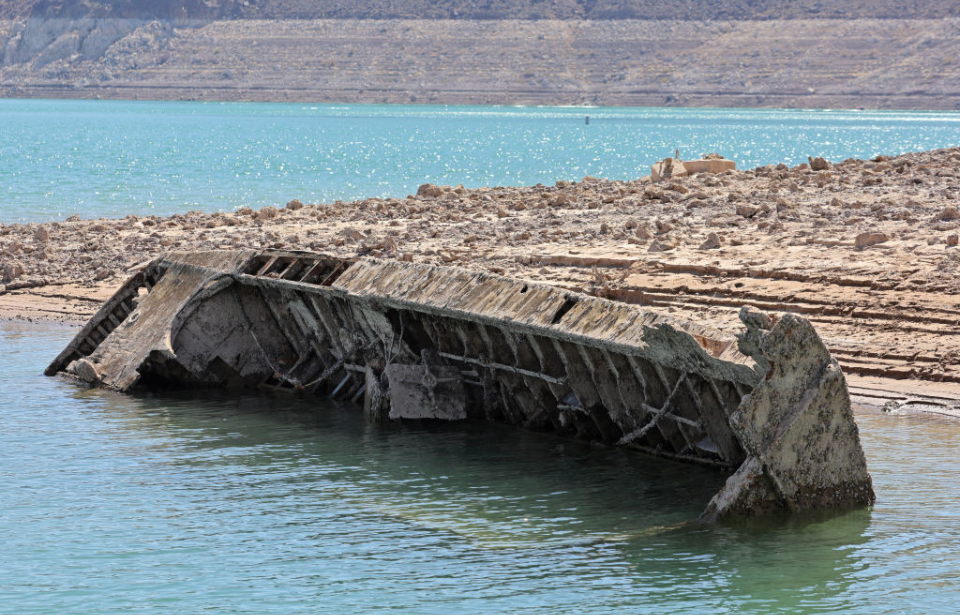The continuing megadrought impacting the southwestern portion of the United States has caused water levels at Lake Mead to drop to an all-time low. As the levels have lessened, the reservoir has begun to reveal what was once hidden beneath its depths, including the skeletal remains of at least two unidentified individuals.
A number of vessels have also been discovered beneath the water, including the sunken wreck of a World War II-era Higgins boat.
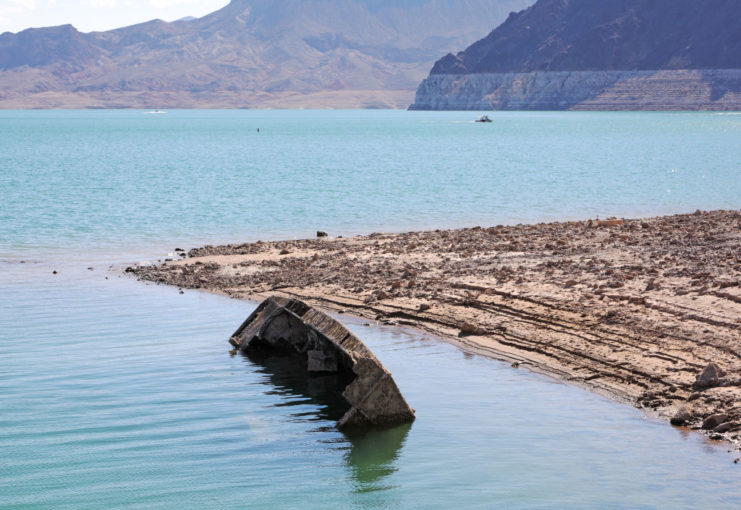
According to the National Park Service, the existence of the Higgins boat – officially known as a landing craft, vehicle, personnel (LCVP) – has been known for decades, with divers first conducting a survey of the wreck in 2006. Back then, the vessel was approximately 185 feet below the water’s surface.
According to the Associated Press, climate change and the megadrought have resulted in water levels at Lake Mead dropping more than 170 feet since 1983. At present, the reservoir is down to around 30 percent capacity, resulting in the LCVP becoming two-thirds exposed. It’s located less than a mile from the Lake Mead Marina and Hemenway Harbor.
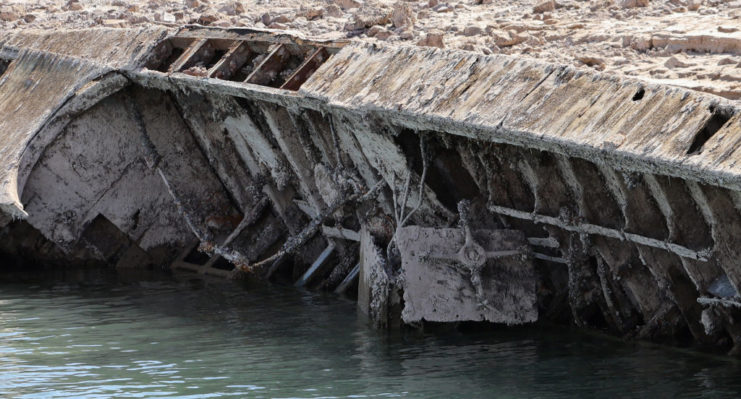
The Higgins boat changed the way war was fought and featured heavily during the Allied landings on D-Day. Previously, landing crafts were split between use by troops and military vehicles, with the former designed without a ramp, forcing the men onboard to jump over the side. This was an issue, as it exposed them to enemy fire.
By combining the designs and installing a front ramp, Higgins Industries allowed for vehicles and soldiers to use the same vessel. This afforded them more options when selecting points at which to launch attacks, and ensured they could cover more shoreline when conducting defense operations.
By the end of the Second World War, over 20,000 Higgins boats had been produced. Of those, 1,500 were deployed to Normandy on June 6, 1944.
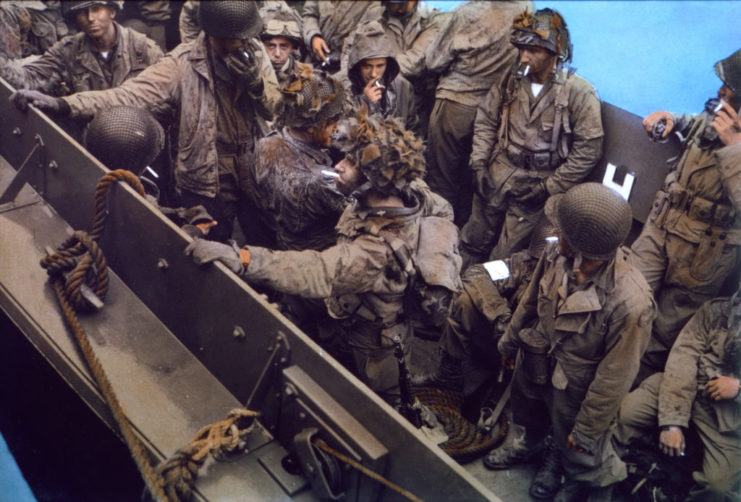
The Higgins boat at the bottom of Lake Mead is made from plywood and features a half-inch thick armor plate. Its engine was removed, and it was modified to widen the space between its two machine gun positions at the stern. While details surrounding how the vessel wound up at the reservoir are limited, Las Vegas Scuba, a dive tours company, says it was used to survey the Colorado River before being sold to the marina and sunk.
This is supported by the NPS, which said in a statement, “The NPS suspects that this WWII surplus craft was put into service on the lake for various reasons and then partially salvaged before it sank at its current location.” It did state, however, that “whether it sank by accident or was purposely sunk to get rid of a vessel no longer in use is unclear.”
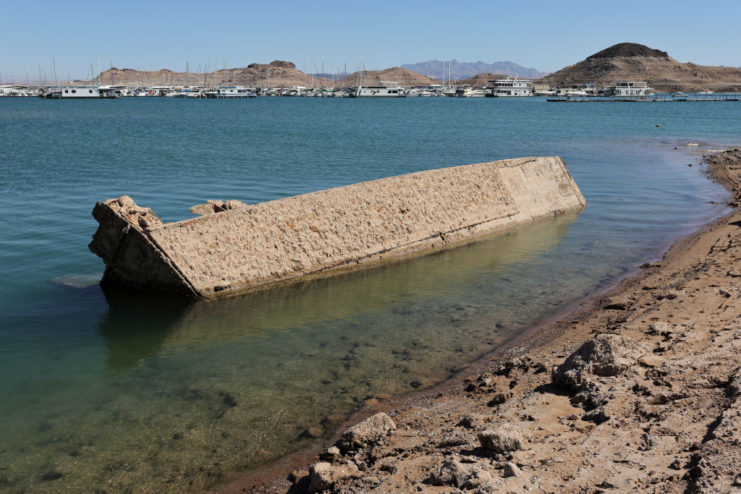
More from us: USS Kitty Hawk (CV-63): The Decorated Aircraft Carrier That was Sold to Scrap Dealers for One Cent
Today, there are a number of “distant cousins to the Higgins boat” that are used at Lake Mead to perform firefighting duties and the servicing of remote beaches and campsites. It’s the NPS’ hope that visitors to the area will leave the vessel as it is, with the service saying:
“There are relatively few working or museum examples of the LCVP Higgins craft like the one currently emerging from Lake Mead. As water levels continue to fluctuate and decline, we know that this boat may come to the attention of park visitors both new and returning.
“Lake Mead hopes everyone has the opportunity to learn more about its history and that as visitors enjoy the site, they leave it as they found it to avoid damaging the boat.”
